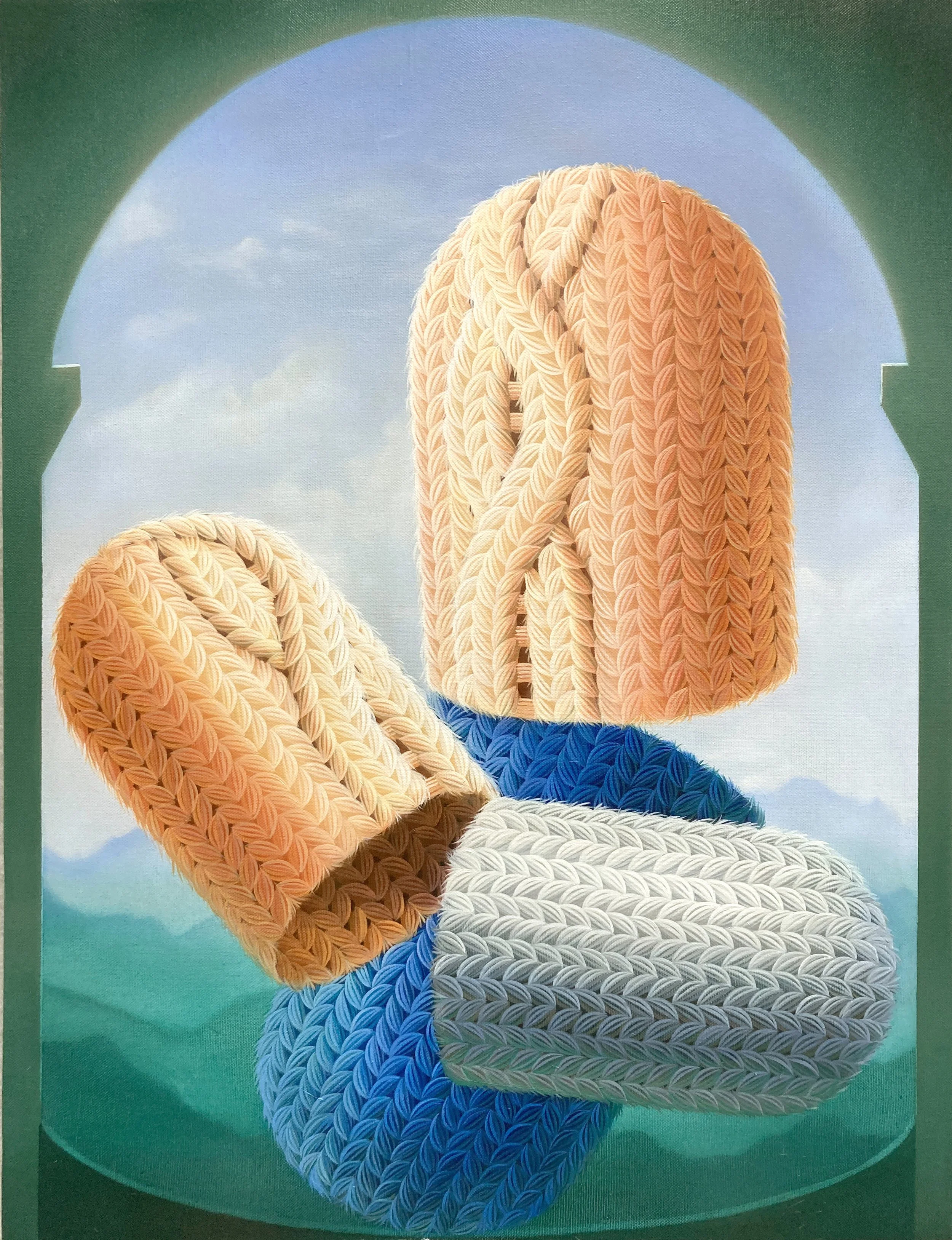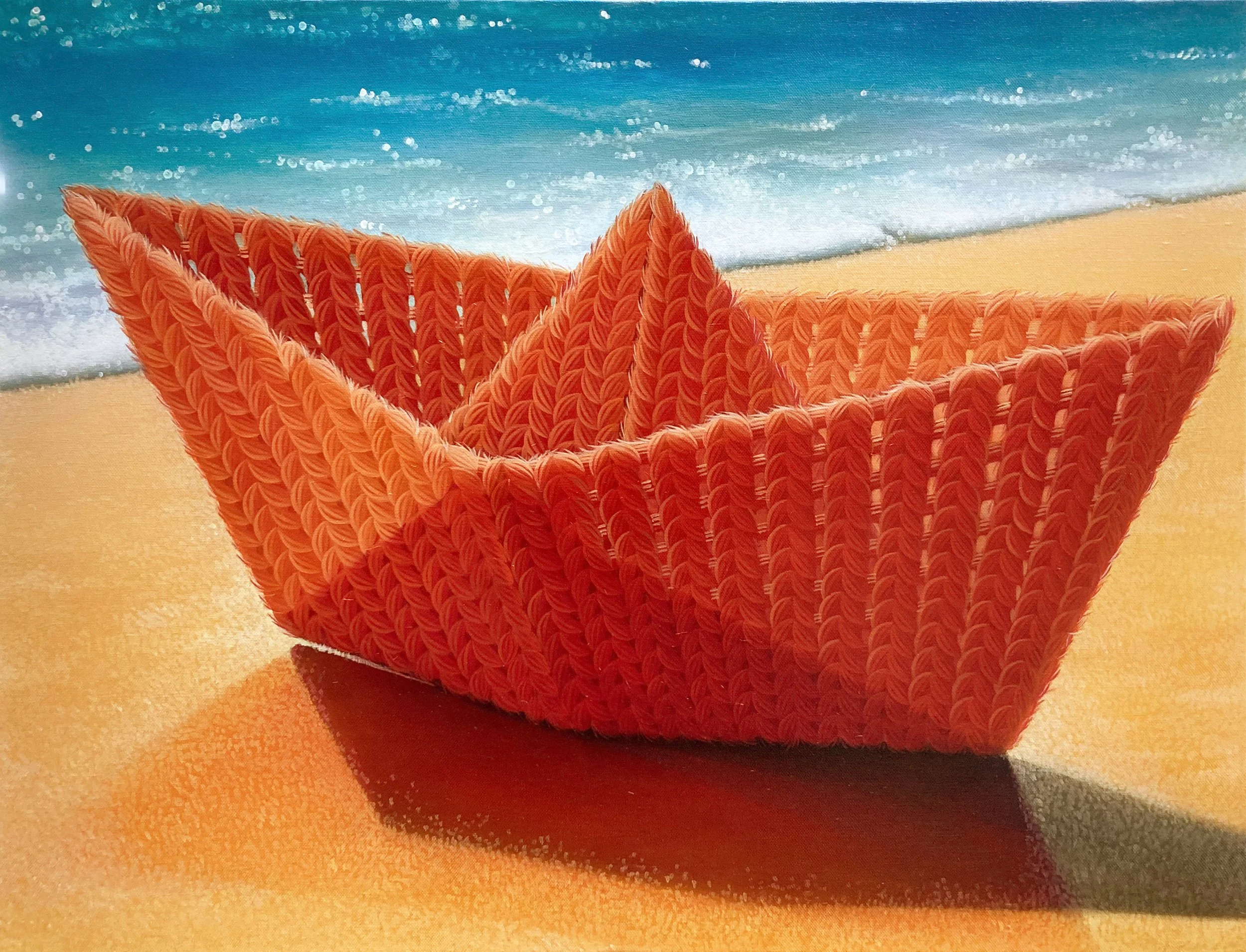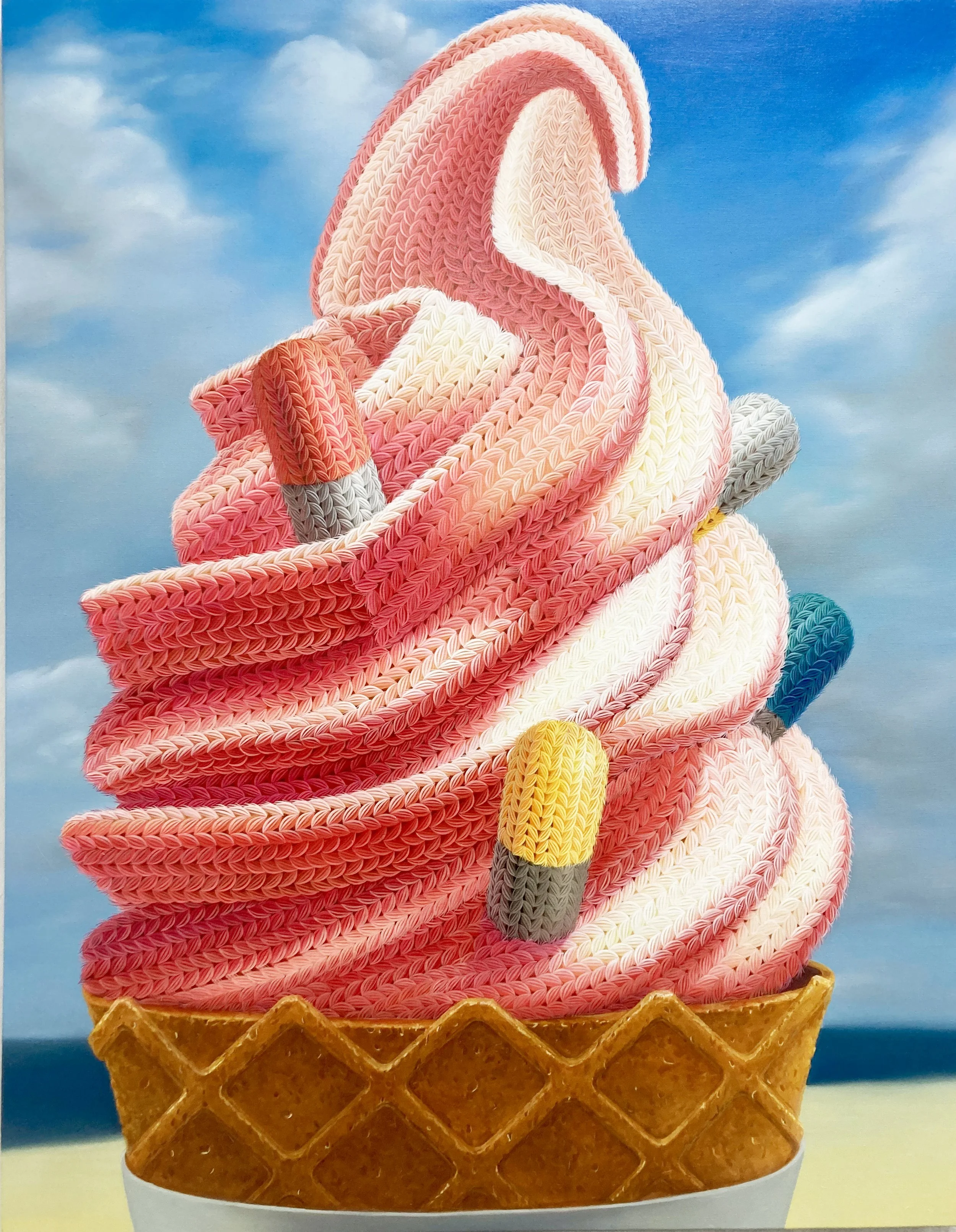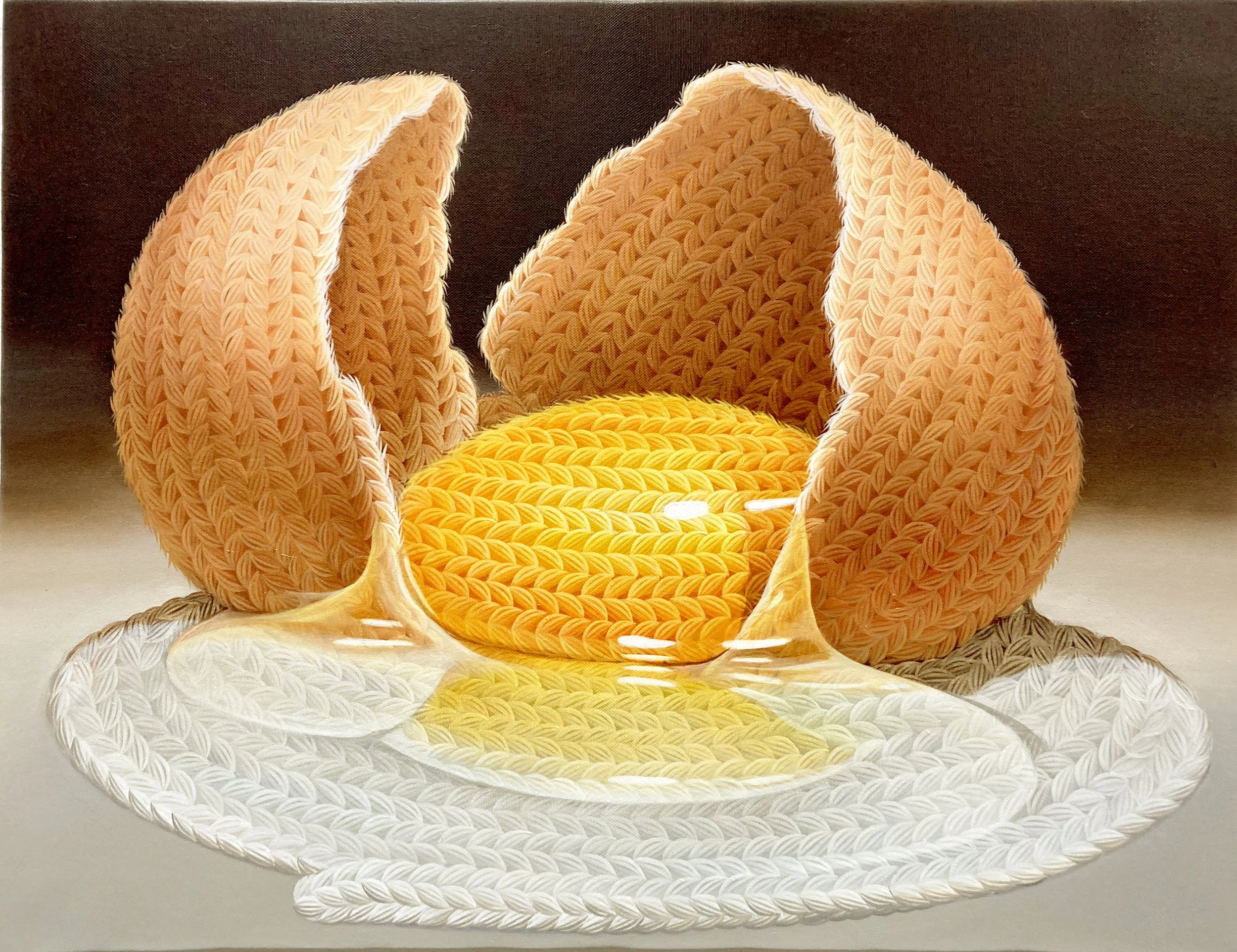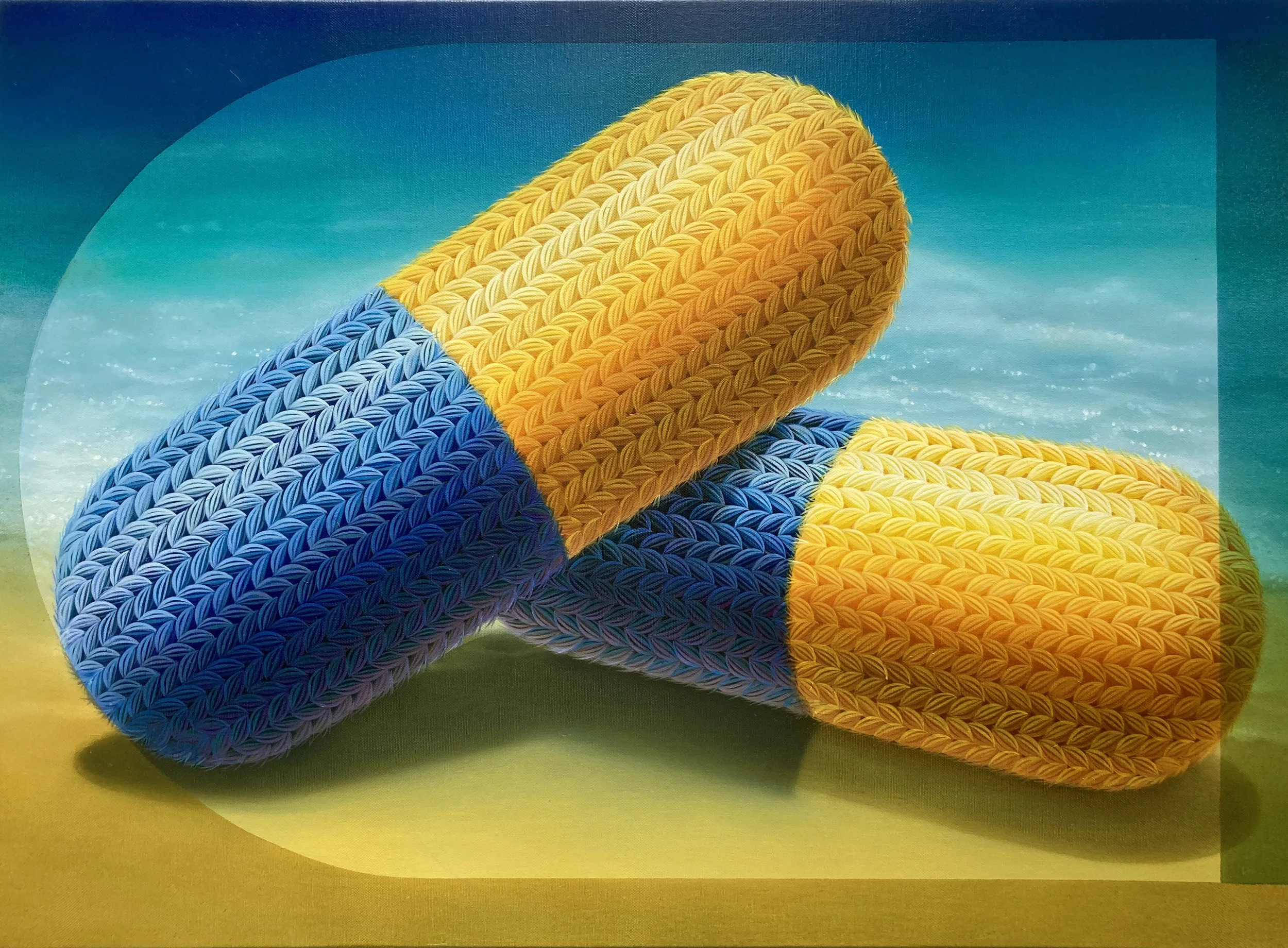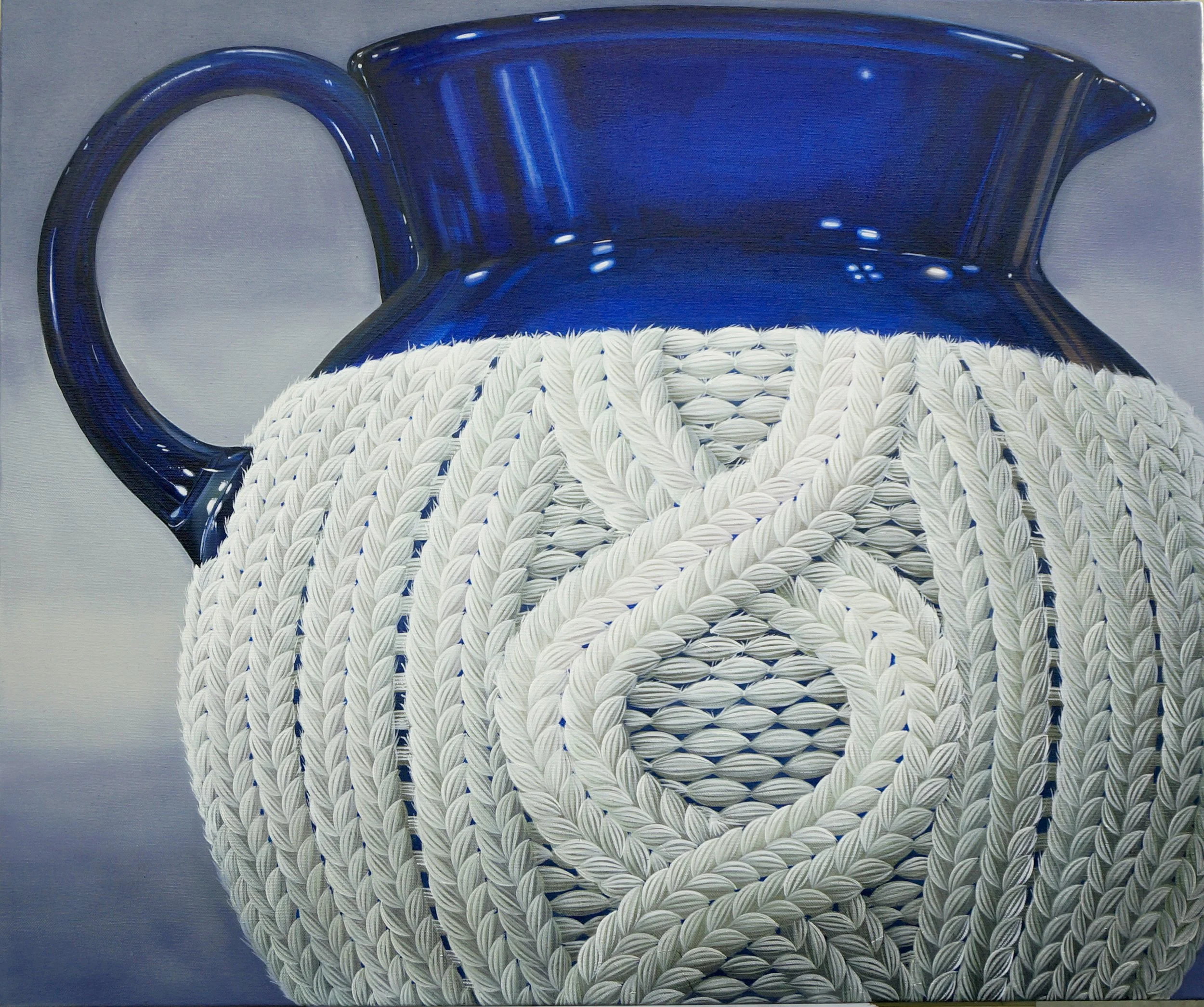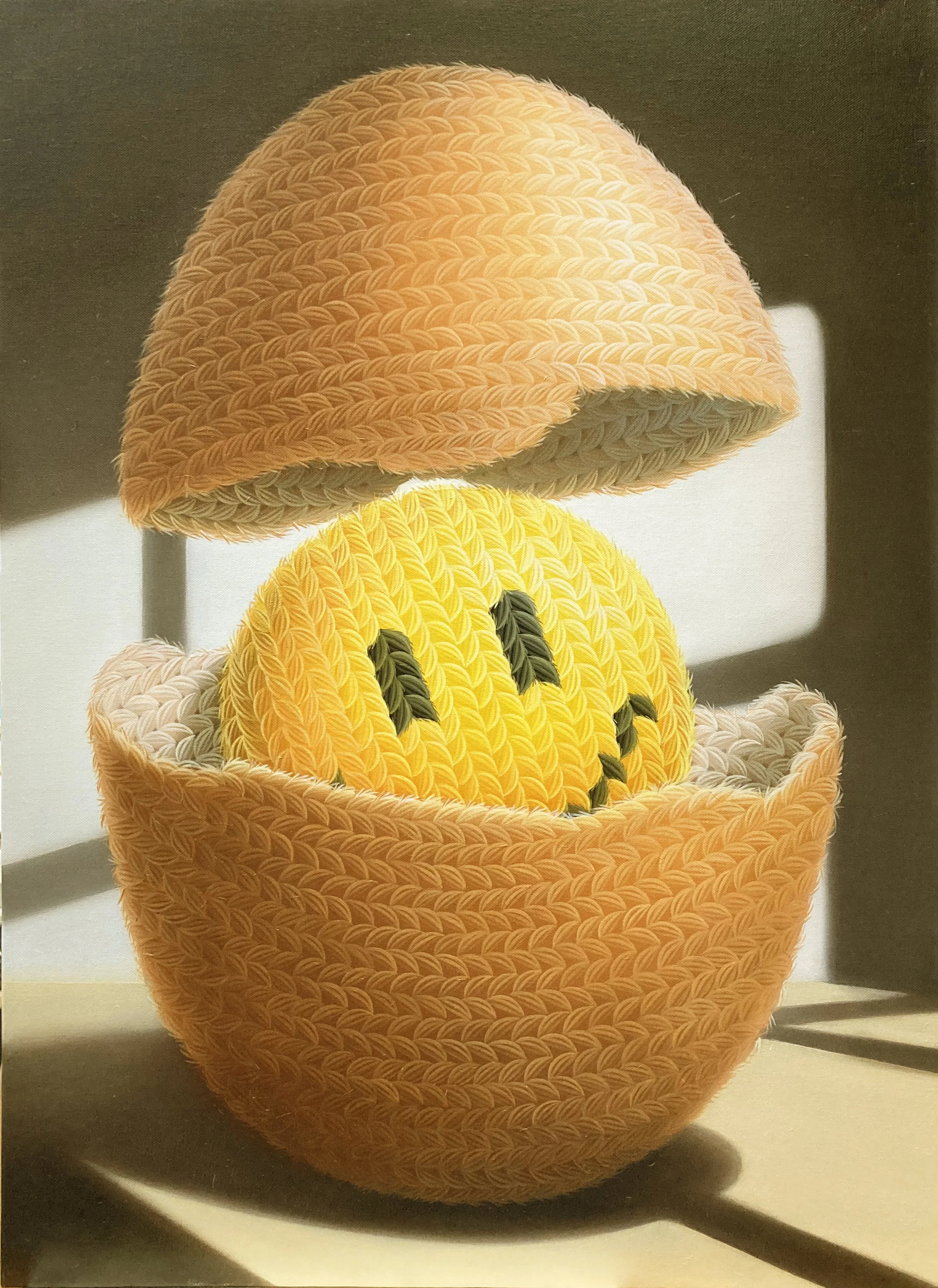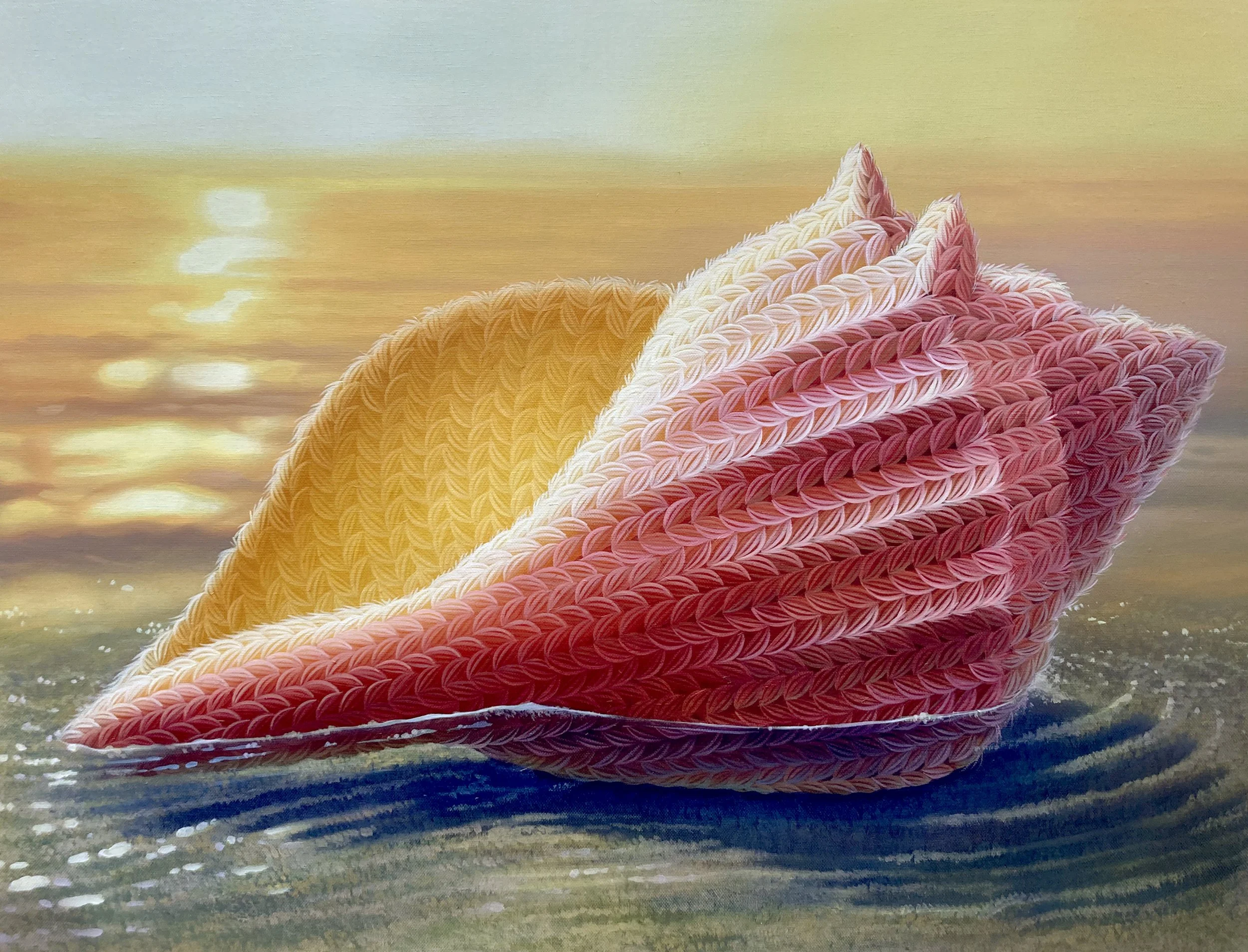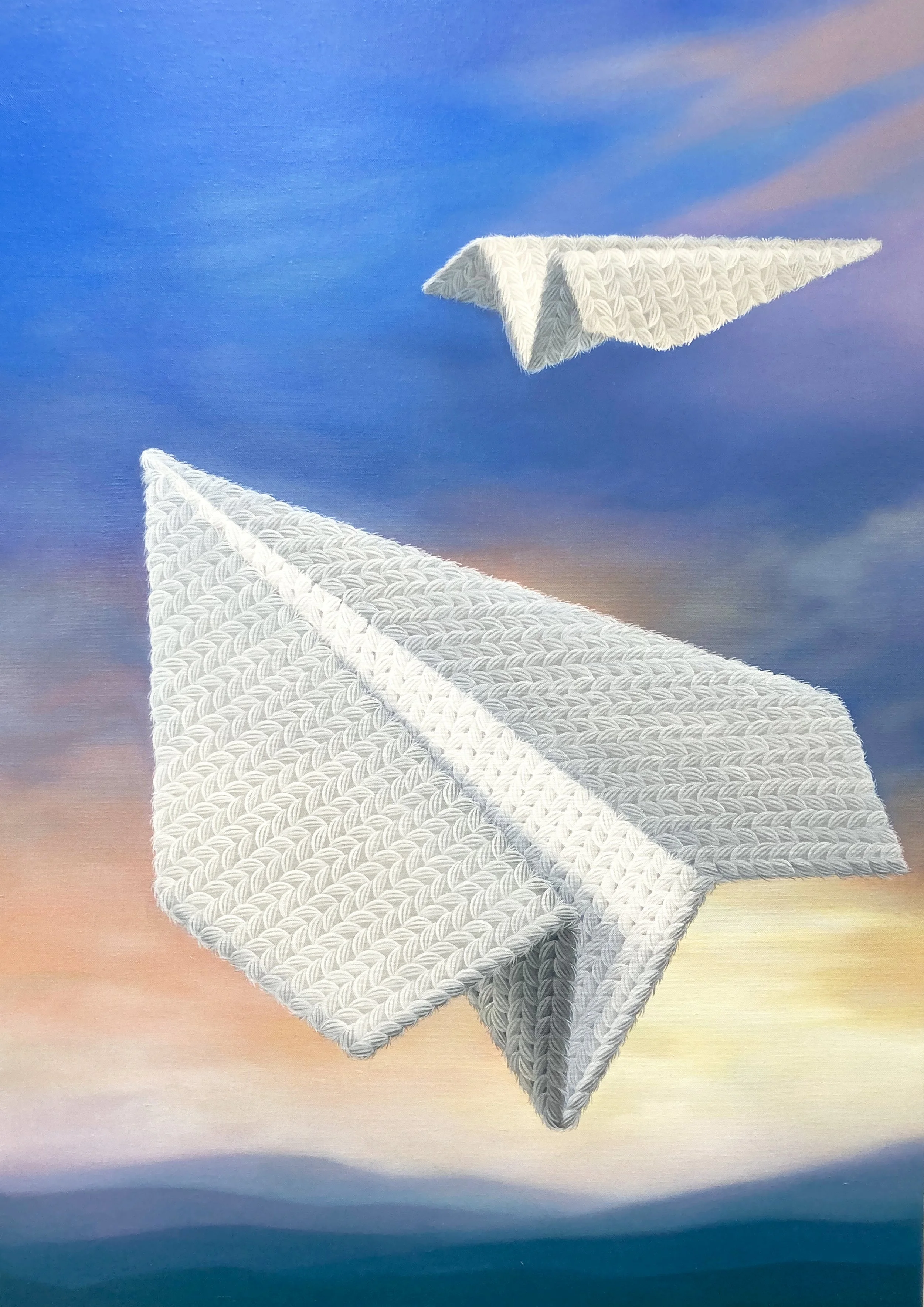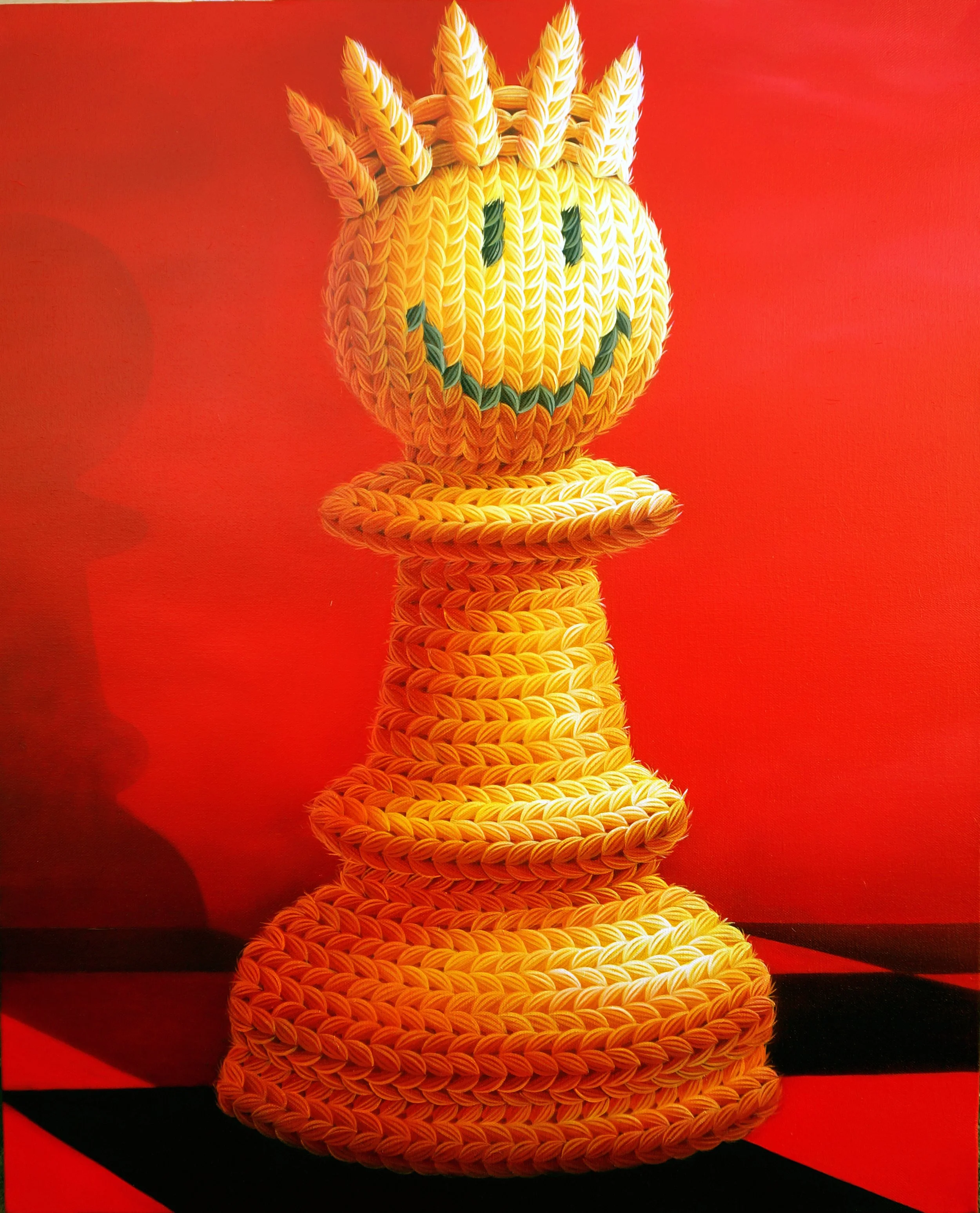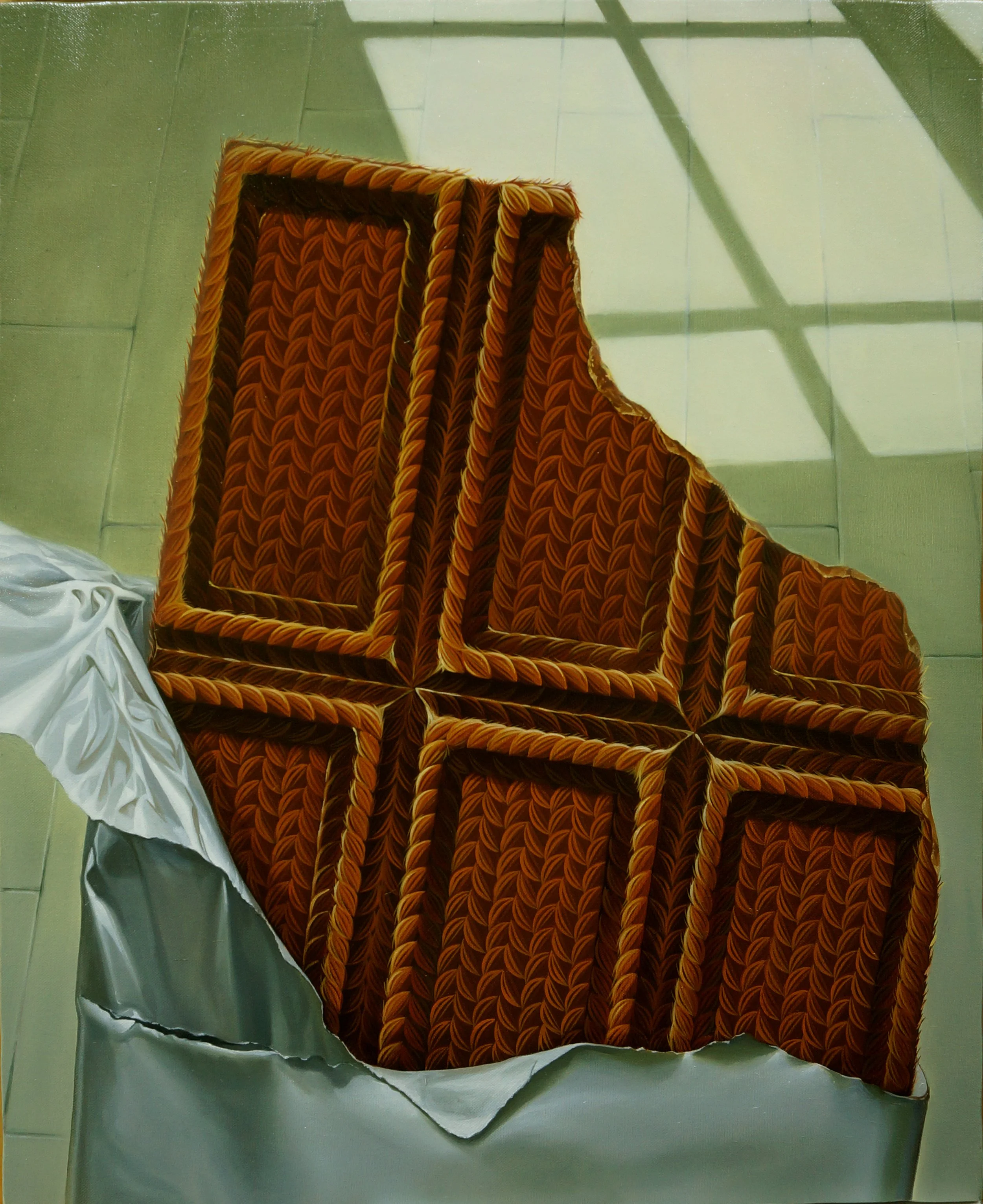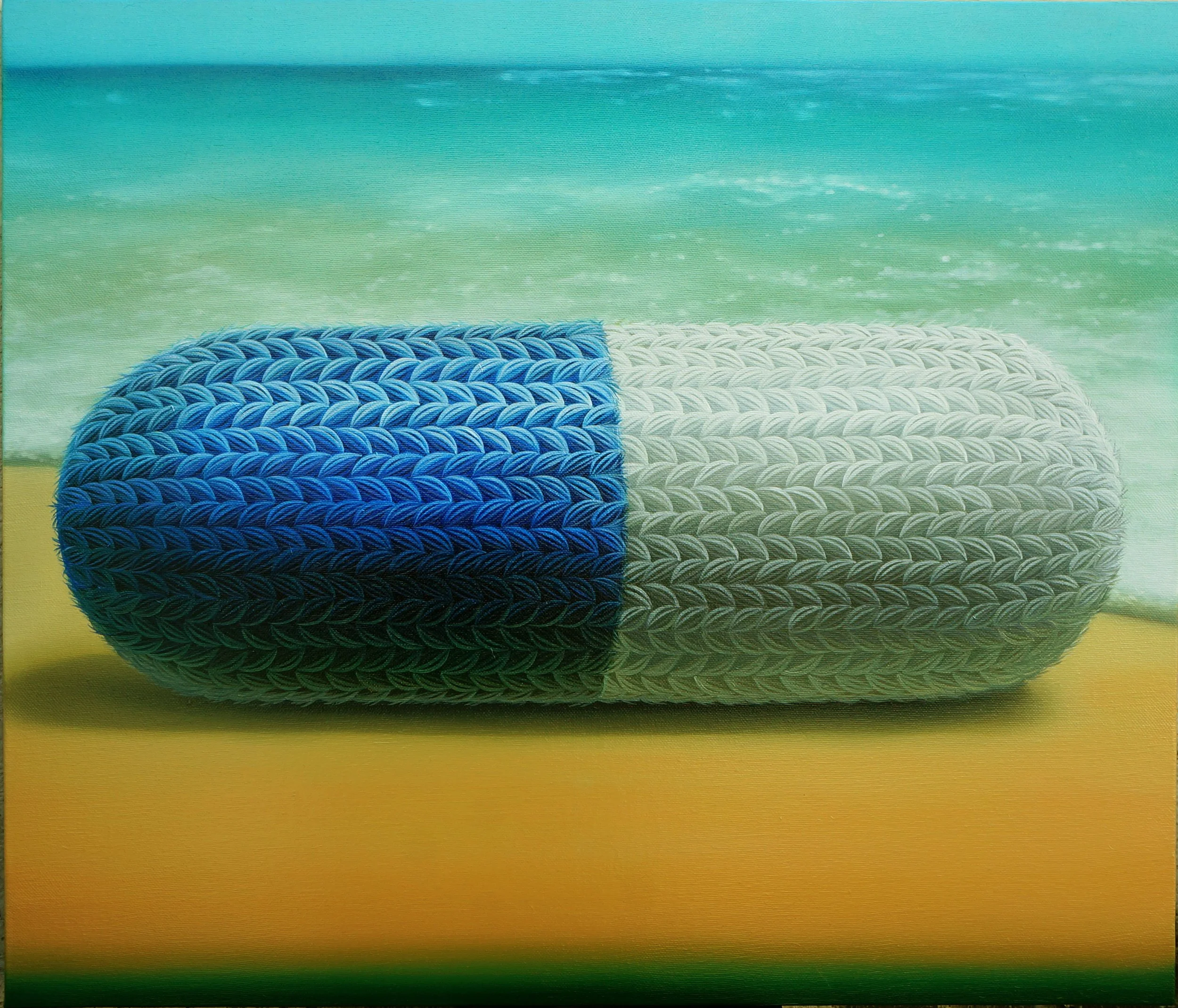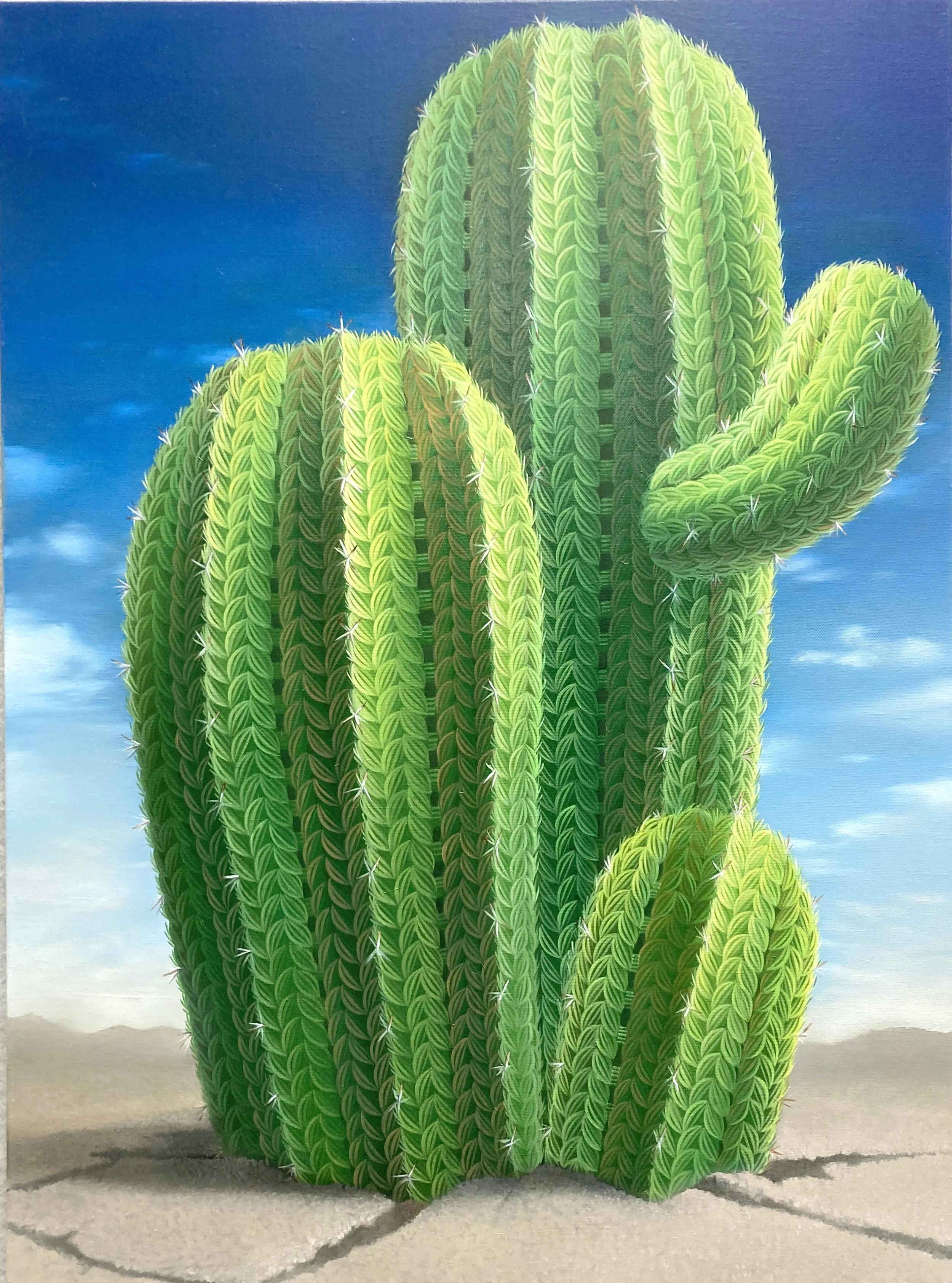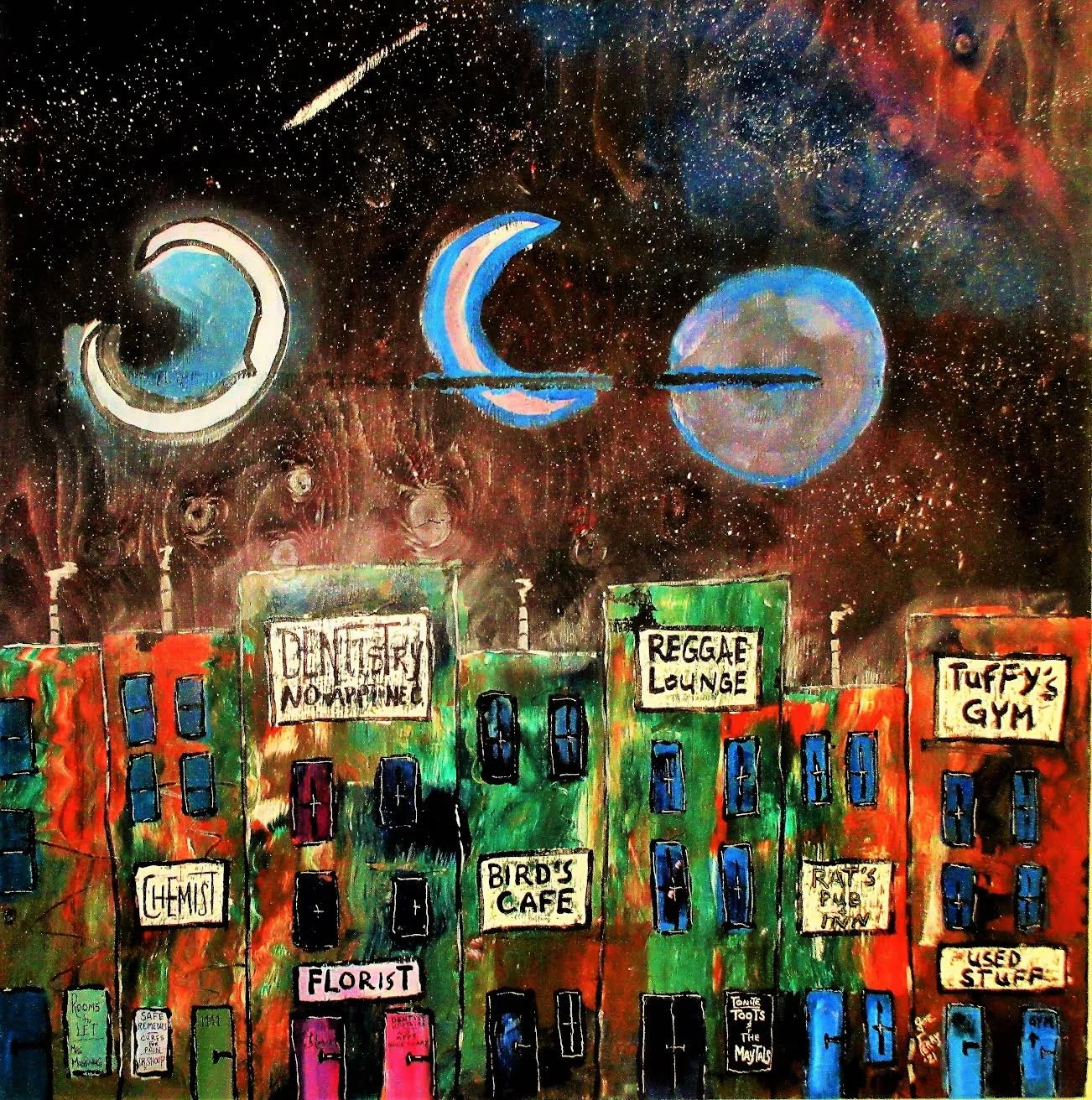Interview with Jae Young Park
Jae Young Park was born in Korea in 1973 and graduated from Sunhwa Arts Middle School and Kaywon Arts High School. He also holds bachelor's and master's degrees from Chung-Ang University.
From 2003 to 2021, he had 15 invitations and solo exhibitions. In addition, he has received several special awards. 2021 London Art Biennale “Painting Award”, 2021-2020 Aesthetica Art Prize/Future Now: 100 Artists Selection, KNOT Award Excellent Artist Selection, CICA Museum of Art 'Korean Young Artist Selection, Korean Art Award (3 times), Special Exhibition Art Song Eun Art Award, Received the Seoripul Art Award, and participated in famous groups such as Hangaram Art Museum, Sejong Art Museum, Seoul Arts Center, and Seoul Arts Center. In 2007, the work sold out at Christie's in Hong Kong.
It was also exhibited and sold at 2020 SCOPE NY, 2019 Asia Contemporary Art SHOW, 2019 ART ASIA, KIAF2007, DOORS ART FAIR 2015 and 2018, and Affordable Art Fair Milan.
How would you describe yourself and your artwork?
My work clearly started from a western perspective and perspective, but my drawing posture and process have an oriental color.
It uses strands of thread as a symbolic form of life. The shape of the strands of the thread is not filled with outlines or colors, but mostly composed of repeated combinations and overlaps of lines to take a knot structure. Strands of thread + strands of thread gradually appear as images of knitting or objects, and the repetitively arranged, untied, and knotted images are expressed through the drawing process of weaving parts of life that are easily overlooked. The work process is delicately expressed by repeating the 'shelf repetition + glazing method + mixing method' 6 to 7 times or more, and it requires time and patience.
The structure of modern society can be read in the process of drawing each part of the woven clothes or objects shown in the work. Paying attention to the meaning of the individual's existence in a collective society, a single strand of thread, the smallest unit, has no personality. It's just a large piece of clothing, but it unties, knots, tangles, and wraps the strands of thread together. This form makes us feel similar to our society in life. Just as a sweater made of small threads gives warmth to people, the small roles of individuals who seem meaningless in our society come together and develop into a bigger color, a warmer and a better life. 'Woolscape' looks like a landscape resembling everyday life, but it is expressed through 'changes in physical properties' and 'reinterpretation of images', and indirectly contains the meaning of warm healing for life in the present age through the work.
How do you go about beginning a new piece? Do you have an idea already in mind, or do you start working with materials or sketches to find the departure point?
I like to observe the little things around me in my life, and I take pictures of meaningful objects with my camera. After giving symbolic meaning to the object to contain my thoughts, I repeatedly draw the strands as if I was writing.
When do you think your most prolific time of day or week is?
It takes a lot of time to complete one work, so I spend a lot of time drawing it.
What is a barrier you as an artist overcame? Is there anything that enabled you to develop your work as an artist in your life?
I started throwing away and emptying out to find my identity. It was not easy to empty the desire to express various life stories and various techniques in the works. As time went on things started to get organized and I got a glimpse of a part of my life. I think the unshakable dedication to the work is the strength that can come so far. In order to survive as an artist in the rapidly changing modern society, I dig deeper.
Did you have an idea of what you wanted to create right from the beginning?
The strands of thread contain symbolism and take the form of repetitive symbols. A single strand of thread is a symbolic form of human beings, and it can also mean a fragment of daily time or memory, or it can be seen as a relationship between the individual and society. In modern society, we try to enhance the meaning of life for individuals, and repeatedly express the image with a minimum of all. In addition, it takes a more in-depth look into the symbolic society made of small strands and metaphorically expresses thoughts about individual identities and roles in life that seem trivial.
What is the meaning or creative inspiration for your work? We’re curious what the narrative or story is to what you are producing?
In order to find my identity, I began to give up overly diverse stories, materials, and expressions in my work. I tried to get rid of all the greed in me. As time passed, the concept of the work came to be closer to cultivating, and I came to see a part of life with warm eyes by close-up of small parts. Also, the philosophical experiences I saw and heard through my mother's knitting and the memories of life gave a lot of inspiration to my work. And since I have been painting for over 10 years, I have made possible infinitely expandable work, and now I am expanding the scope of work by changing the physical properties of things.
Besides your artworks, are there any other things in life that your voice as an artist may consider vital or valuable? What makes you joyful and creative, in other words?
As an artist living in a modern society, he represents the life of modern people and feels valued in his role of warmly comforting and healing the wounded heart, and presents stories about the importance of personal life and personal identity in a metaphorical way. In addition, he is working on media art using existing works to get closer to the public.
Are there any exhibitions or places where people can see these beautiful creations in person soon? Anything on the horizon?
The 'Seoul Art Show' in December 2021 and the opening invitation exhibition of Gallery Venus in February 2022 are scheduled.

